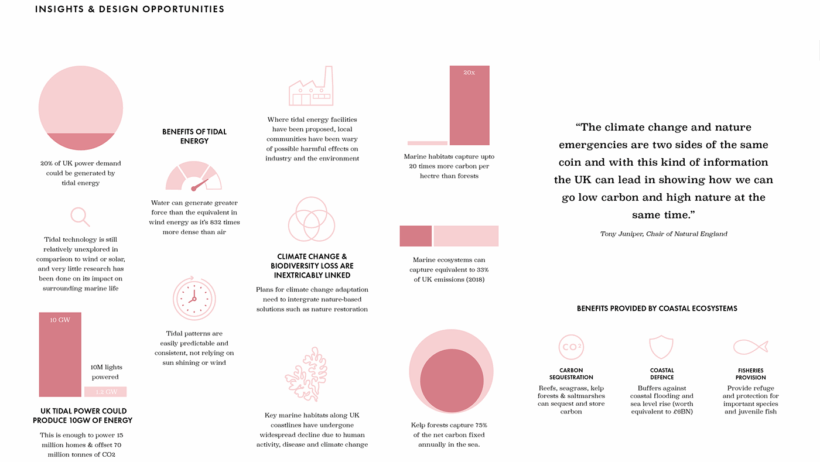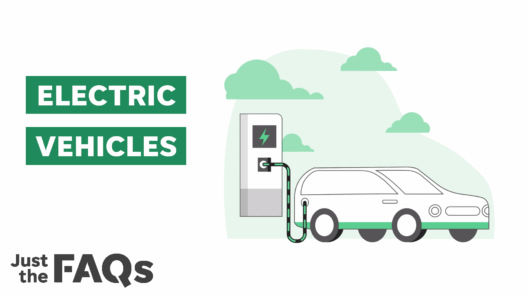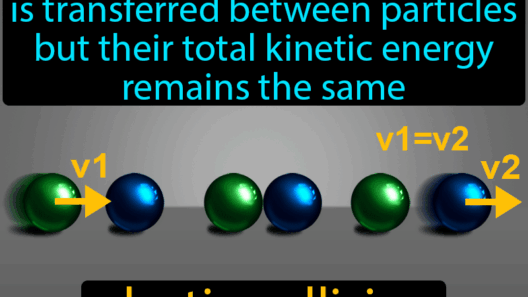Water is the lifeblood of our planet, coursing through its veins and sustaining ecosystems, civilizations, and economies. As we stand at a crossroads in environmental stewardship, understanding how to harness and conserve hydro and tidal energy becomes imperative. The potential of these resources is akin to a treasure trove waiting to be unlocked, promising not just cleaner energy solutions but a renewed commitment to our environment’s integrity.
Hydro and tidal energy are two facets of a brilliant gem, reflecting various possibilities for sustainable energy production. Hydroenergy, derived from the gravitational force of flowing or falling water, is a stalwart in renewable energy, accounting for a significant share of the world’s electricity supply. It operates on the principle of harnessing kinetic energy, transforming it into electrical power. Similarly, tidal energy, which capitalizes on the rhythmic rise and fall of ocean tides—driven by the gravitational pull of the moon and sun—offers unique opportunities that remain largely untapped.
To conserve hydro and tidal energy, we must adopt a multifaceted approach that encompasses technological innovation, policy advocacy, community involvement, and ecological sustainability. Each of these pillars supports the others, creating a robust structure that can facilitate the transition to a cleaner energy future.
First, technological innovation holds the key to optimizing energy generation from these water sources. Advanced turbine designs, for instance, can significantly enhance efficiency in converting water’s kinetic energy into electricity. Traditional hydroelectric power plants face challenges such as ecological disruption and sediment accumulation. Innovations like hydrokinetic turbines, which can be deployed in rivers and tidal currents without requiring large dam structures, minimize environmental impact while maximizing energy yield. Furthermore, integrating smart grid technologies enables better management of generated energy. Real-time data analytics can match generation with consumption patterns, allowing for more efficient energy distribution while reducing waste.
Policy advocacy plays an instrumental role in facilitating this transition. Governments must implement supportive infrastructure that encourages investment in hydro and tidal energy projects. This could take the form of tax incentives, grants for research, and streamlined permitting processes that expedite development. International cooperation is also essential; sharing best practices, research, and funding can accelerate advancements in hydro and tidal energy technologies. Legislation mandating a certain percentage of energy generation from renewable sources can stimulate innovation in the sector, pushing industries towards greater sustainability.
The involvement of local communities is crucial to the success of these energy initiatives. Engaging communities in conversations about hydro and tidal energy can foster a sense of ownership and responsibility towards these resources. Education initiatives can inform residents about the benefits of renewable energy to their local economies, health, and environment. Such empowerment can spark grassroots movements that advocate for localized solutions, whether through small-scale community hydro projects or tidal energy installations, ensuring that energy generation enhances rather than detracts from their living conditions.
Ecological sustainability must underpin all actions taken in the realm of hydro and tidal energy. Sustainable practices help preserve aquatic ecosystems, which are often endangered by energy extraction methods. For example, installing fish-friendly turbines can mitigate the impact on marine life, ensuring that energy generation does not come at the expense of biodiversity. Additionally, tidal energy systems must be designed to account for the intricate dynamics of marine habitats, preserving the delicate balance that exists in these environments.
Furthermore, developing a circular economy around hydro and tidal energy can provide both ecological benefits and energy efficiency. This model encourages the repurposing of materials, reducing waste and the carbon footprint associated with energy production. By considering the life cycle of energy systems—from construction to decommissioning—stakeholders can identify opportunities to integrate sustainable practices at every stage. The synergy created between renewable energy and sustainable resource management can stimulate economic growth while protecting the environment.
In addition, a comprehensive monitoring and evaluation framework can yield valuable insights into the effectiveness of hydro and tidal energy projects. Continuous assessment of energy output, environmental impact, and community benefits can help stakeholders identify challenges and refine their strategies. This adaptive management approach fosters resilience and responsiveness to unforeseen circumstances, ensuring that systems remain effective and sustainable in the long run.
In this quest for a cleaner future, we cannot overlook the importance of public awareness and advocacy. Individuals, organizations, and media entities should collaborate to highlight the successes and challenges within the hydro and tidal energy sectors. Demonstrating these efforts can galvanize public support, encouraging broader societal shifts towards renewable energy adoption and conservation.
Ultimately, conserving hydro and tidal energy for a cleaner future is a collective endeavor, akin to nurturing a fragile ecosystem. Each decision, from technological deployment to policy formulation, must be guided by a deep understanding of environmental interconnections. By viewing hydro and tidal energy as integral components of a holistic sustainability strategy, society can tap into the boundless potential that lies beneath our waters, transforming the tides of change into a wave of progress.
As we push toward a sustainable future, let us draw inspiration from the currents around us. They remind us of the ceaseless cycles of nature—ever-flowing, ever-renewing. In harnessing the power of hydro and tidal energy, we are offered more than just cleaner energy; we are presented with a profound opportunity to restore harmony with our environment, safeguarding the delicate balance our planet so desperately needs.







